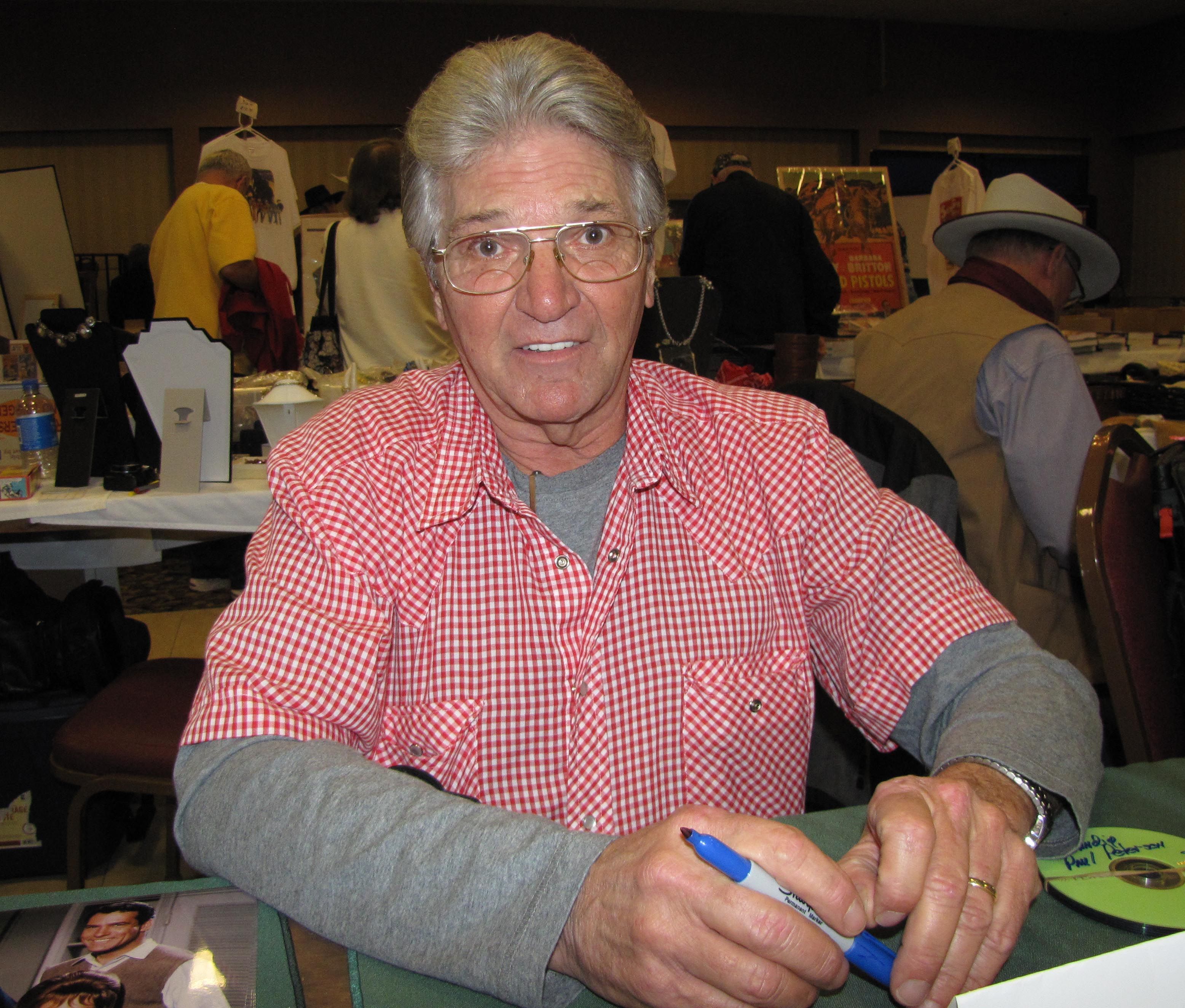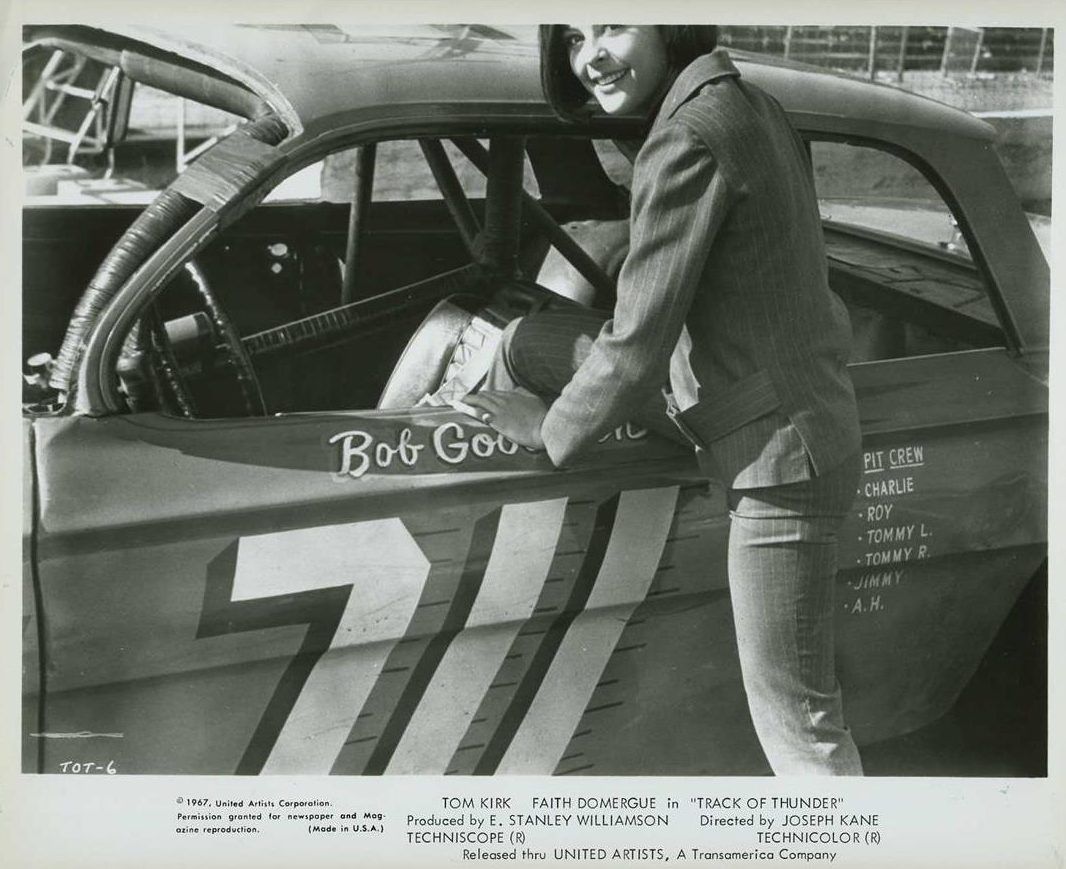The news of a public figure's passing often brings with it a wave of reflection, a moment when we pause to consider the impact someone had on our lives, even from a distance. For many who followed her career, the information about Brenda Benet's passing marked such a time, prompting thoughts about her contributions and the memories she helped create on screen. It is a moment, too it's almost, when the collective memory of an audience comes together, sharing in a shared sense of loss, and trying to make sense of what has occurred.
When someone who has been a part of our shared cultural experience leaves us, there is a natural desire to gather all the details, to understand the story of their life, and what led to their departure. This longing for a full picture is a very human response, a way of honoring the person and making peace with their absence. We look for pieces of information that can help complete the narrative, searching for accounts that bring clarity and help us to remember the individual in a complete sense, which is that a part of our human experience.
This quest for comprehensive information, for every piece of a person's story, reflects a broader human need to organize and access knowledge. Whether it is about the life of an actress or the intricate workings of biological processes, the ability to find, sort, and make sense of available facts is something we depend on. It is a process that requires diligent collection and careful presentation, so, that the information can serve its purpose effectively for anyone seeking it.
Table of Contents
- A Life Remembered - Who Was Brenda Benet?
- What Happened to Brenda Benet?
- How Do We Piece Together a Life Story, Even After Brenda Benet's Passing?
- The Quest for Complete Information - A Different Kind of "Brenda"
- Is All Data Equally Accessible, Like with Brenda Benet's Story?
- What Can We Learn from Different Kinds of "Brenda" Data?
- Remembering a Legacy, Understanding Data
A Life Remembered - Who Was Brenda Benet?
Brenda Benet was an actress whose work graced both the small and large screens, leaving a mark on audiences during her time. She was known for her roles in various television series and films, bringing characters to life with her acting presence. Her career spanned a period where television was becoming a central part of many households, and she became a familiar face to a wide audience. People often recall her performances with a certain fondness, remembering the specific roles she played and the way she portrayed them. Her contributions to the entertainment world are a part of the cultural record, and she is remembered by those who appreciated her work. We, you know, look back at these careers and see the threads of creativity and effort.
Personal Details and Bio Data of Brenda Benet
| Detail | Information |
|---|---|
| Full Name | Brenda Ann Benet |
| Date of Birth | August 14, 1945 |
| Place of Birth | Los Angeles, California, USA |
| Occupation | Actress |
| Years Active | 1965 – 1982 |
| Notable Works | "Days of Our Lives," "The Young and the Restless," "Death Be Not Proud" |
| Spouse(s) | Bill Bixby (married 1971; divorced 1979) |
| Children | Christopher Bixby |
| Date of Passing | April 7, 1982 |
| Place of Passing | Los Angeles, California, USA |
What Happened to Brenda Benet?
The news of Brenda Benet's passing in 1982 brought a quiet sadness to many who followed her work. Her departure was a somber event, particularly for those who knew her personally and those who admired her professional contributions. When a life ends, especially one that has been shared, even partially, with the public, there is often a feeling of abruptness, a sense of something unfinished. It is a time when people reflect on the fragility of life and the lasting impact that individuals can have, even if their time with us is cut short. The memory of her, you know, continues to hold a place for many who recall her presence.
For those who remember her, the details surrounding her death were, in some respects, a private matter that became public due to her visibility. The circumstances of such events are often deeply personal for those closest to the individual, yet for the public, they become part of the narrative of a life. It is a moment that calls for a respectful remembrance, allowing space for both public grief and private reflection. We, kind of, look back and understand that every life has its own unique story, with moments of both light and shadow.
- Marguerite Simpson
- What Illness Does Dana Perinos Husband Have
- Eugenia Cooney Nudes
- Mcdonalds Mascots
- Jonathan Taylor Thomas Now 2025
How Do We Piece Together a Life Story, Even After Brenda Benet's Passing?
Trying to assemble a complete account of a person's life, especially after they are gone, can be a complex task. It involves gathering pieces of information from various sources – interviews, articles, personal accounts, and public records. Each piece contributes to the larger picture, but it is rare to find one single source that holds every single detail. This process of collecting and verifying information is a bit like putting together a very intricate puzzle, where every fragment counts. It is about honoring the individual by striving for a representation that feels as full and honest as possible, and that is a significant endeavor.
The challenge lies in making sure that the information collected is not only available but also accurate and presented in a way that truly reflects the individual's journey. It means looking at different perspectives and understanding that a life story is made up of many different threads, some public, some very private. The goal is to create a narrative that offers a meaningful remembrance, a way for future generations to connect with who the person was and what they contributed. You know, it's a testament to the human desire to preserve memory.
The Quest for Complete Information - A Different Kind of "Brenda"
While we seek to understand the personal story of Brenda Benet, there is also another "Brenda" that exists as a vast collection of information, though in a very different context. This "Brenda" is a major collection of enzyme functional data, a resource available to the scientific community. It is a place where researchers can find detailed information about how enzymes work, what they do, and where they are found. This database is a result of many years of dedicated effort, collecting information from numerous scientific papers and studies. It is, you know, a crucial tool for those working in the life sciences.
This scientific "Brenda" operates under a Creative Commons Attribution License 4.0, which means that the parts of it that can be copyrighted are openly shared, allowing others to use and build upon the information as long as they give proper credit. Before anyone can download files from this resource, they are asked to agree to this license. This step is a way to ensure that the information is used responsibly and that the contributions of those who built the database are recognized. It is a system designed to promote open science and collaboration, so, that knowledge can spread freely.
The people behind this scientific "Brenda" are always working to keep it current and comprehensive. For example, Antje Jäde was recently appointed as a new member of the STRENDA Commission, which oversees the quality and standards of enzyme data. This kind of ongoing oversight helps to make sure the database remains a reliable and valuable tool for researchers worldwide. It is a constant effort to maintain a high level of quality and usefulness, pretty much, for everyone who relies on it.
This "Brenda" is recognized as one of the most comprehensive sources of enzyme information in the life sciences. It offers data that is easy to search and is pulled directly from primary scientific literature. This means that the information comes straight from the original research papers, giving users access to foundational knowledge. For instance, it contains details about how certain enzymes interact with substances like NADP+, noting that this interaction might be slower with animal enzymes compared to bacterial ones. It also records where specific enzymes are found, whether in viruses or in cellular organisms, providing a very detailed picture of their presence and function.
Is All Data Equally Accessible, Like with Brenda Benet's Story?
Accessing information, whether it is about a public figure like Brenda Benet or a scientific database, often involves certain steps. For the scientific "Brenda," there are often quick security checks to make sure that a human is accessing the information, not an automated program. This might involve a simple request to move your mouse or press a key to continue, or a verification step to confirm you are not a robot. These steps are put in place to protect the integrity of the data and to ensure that the resource remains available and functional for legitimate users. It is, in a way, a small gate to pass through before getting to the valuable content.
Similarly, when we try to gather information about a person's life, especially after their passing, there are often layers of accessibility. Some information is public knowledge, readily available in news archives or biographies. Other details might be more private, shared only within close circles or protected by personal boundaries. The process of gathering a full picture often involves respecting these different levels of access, recognizing that not every piece of information is meant for public consumption. It is about understanding the boundaries of privacy and public interest, so, that we respect the individual's story.
Even with highly structured data like the scientific "Brenda," there is a system for feedback. Users are often invited to rate pages or send comments to support teams. This feedback mechanism is a way for the creators of the database to understand what is working well and what might need improvement. It is a continuous loop of communication that helps to refine the resource and make it more user-friendly and useful. This open channel for suggestions helps to make the data collection and presentation better over time, you know, for everyone involved.
What Can We Learn from Different Kinds of "Brenda" Data?
Thinking about both Brenda Benet's story and the scientific "Brenda" database highlights a shared human endeavor: the collection and organization of information. Whether it is piecing together the life of an individual who touched many hearts or compiling detailed facts about enzymes, the underlying goal is to create a clear and accessible record. Both pursuits aim to preserve knowledge and make it available for those who seek it, helping to answer questions and provide context. It is a demonstration of how we, as humans, strive to make sense of our world and the people within it, and that is a very profound aspect of our shared existence.
The differences in these "Brendas" also teach us about the varying nature of information. One is deeply personal, filled with human experience and emotion, while the other is highly structured, objective, and focused on biological processes. Yet, both require careful attention to detail, a commitment to accuracy, and a system for making the information useful. The scientific "Brenda," for instance, provides very specific data points, such as how an enzyme might act with NADP+ in animal versus bacterial contexts, or its presence in viruses. These specific facts are akin to the precise details we seek when trying to understand a person's specific achievements or challenges, each piece adding to the overall picture. We, kind of, see the parallel in the way information is built up.
Remembering a Legacy, Understanding Data
The memory of Brenda Benet continues to resonate with those who remember her work and the period in which she was active. Her story, like that of any individual, is a collection of moments, experiences, and connections. It reminds us that every life leaves an imprint, a series of events and contributions that become part of a larger narrative. The act of remembering, of recalling a person's impact, is a way of keeping their presence alive and honoring the contributions they made. It is a very human process, a way of holding onto the past while moving forward.
In a broader sense, the systematic way information is collected and made available, whether it is about a person's life or complex scientific data like that in the BRENDA enzyme database, shows our ongoing effort to build collective knowledge. From the careful collection of enzyme functional data, licensed for open use, to the continuous updates by commissions, the dedication to comprehensive and accessible information is clear. This dedication helps researchers understand intricate biological processes, just as compiling a life story helps us to appreciate the journey of a person. It is all about making sense of the world around us, and that, is what we constantly strive for.
Related Resources:
Detail Author:
- Name : Sandrine Flatley Sr.
- Username : tmacejkovic
- Email : nathanial.bernier@hotmail.com
- Birthdate : 1983-07-31
- Address : 11252 Alessandra Curve New Odessa, OK 71326
- Phone : 212.737.7788
- Company : Koss-Frami
- Job : Tank Car
- Bio : Dolorum porro nesciunt et natus autem ipsam necessitatibus. Minima ad sint incidunt debitis architecto maiores.
Socials
tiktok:
- url : https://tiktok.com/@cecil_walsh
- username : cecil_walsh
- bio : Consequatur dolorum unde quia sit quod.
- followers : 1651
- following : 855
linkedin:
- url : https://linkedin.com/in/cecil8403
- username : cecil8403
- bio : Laboriosam dolorum enim et voluptas.
- followers : 3415
- following : 2803


